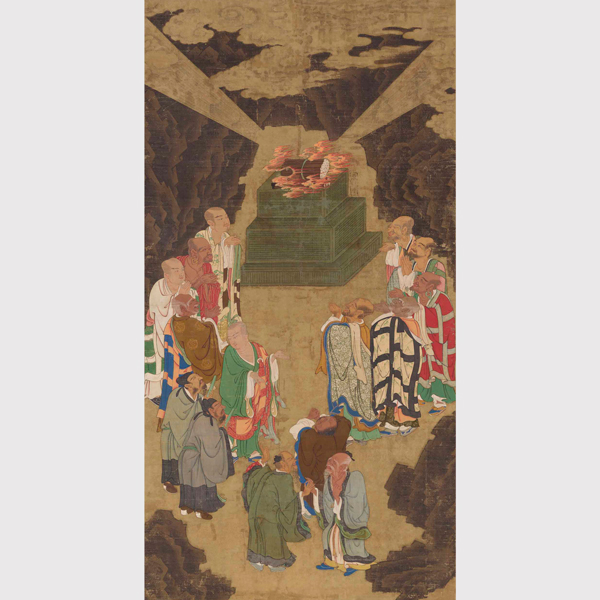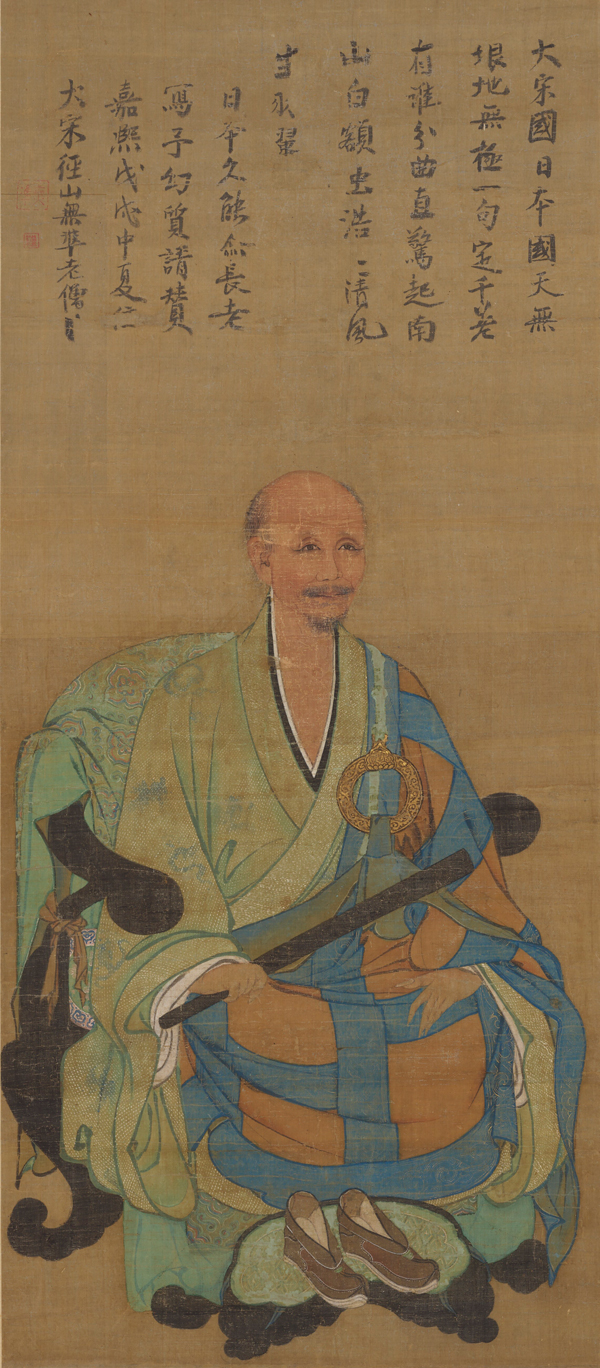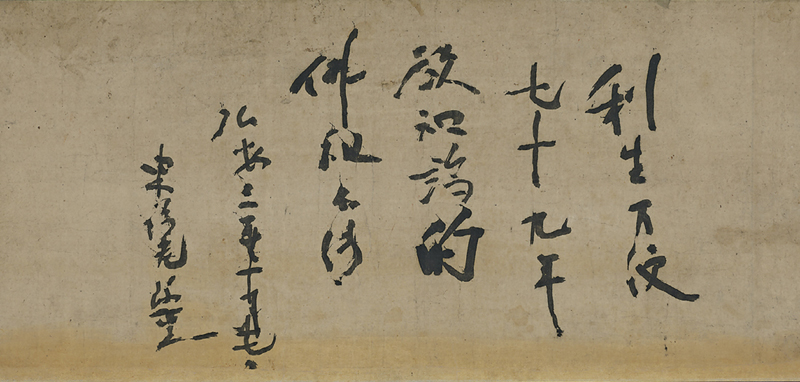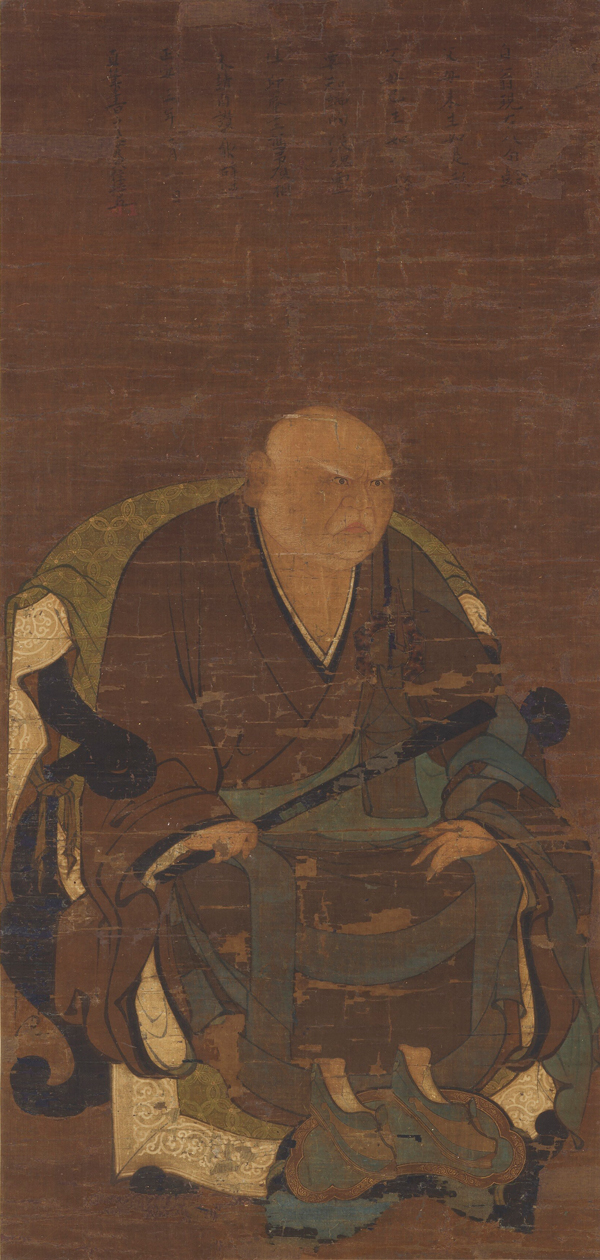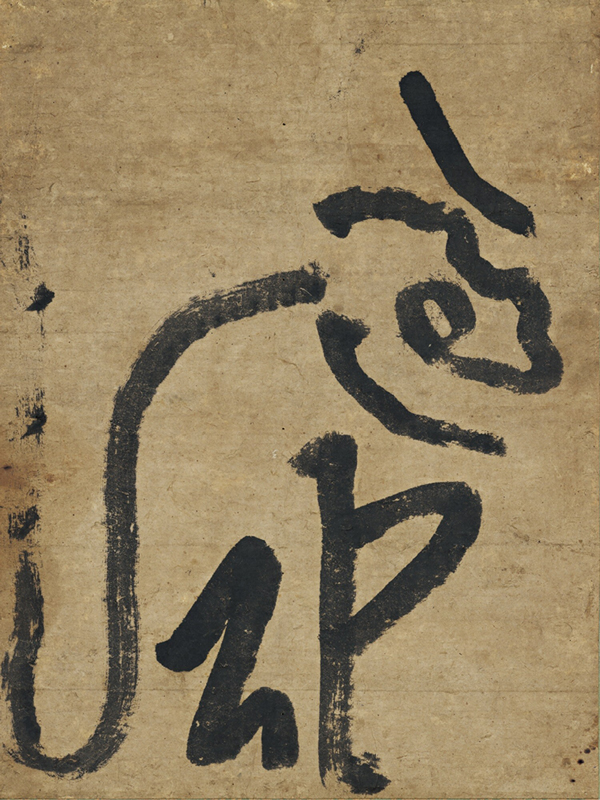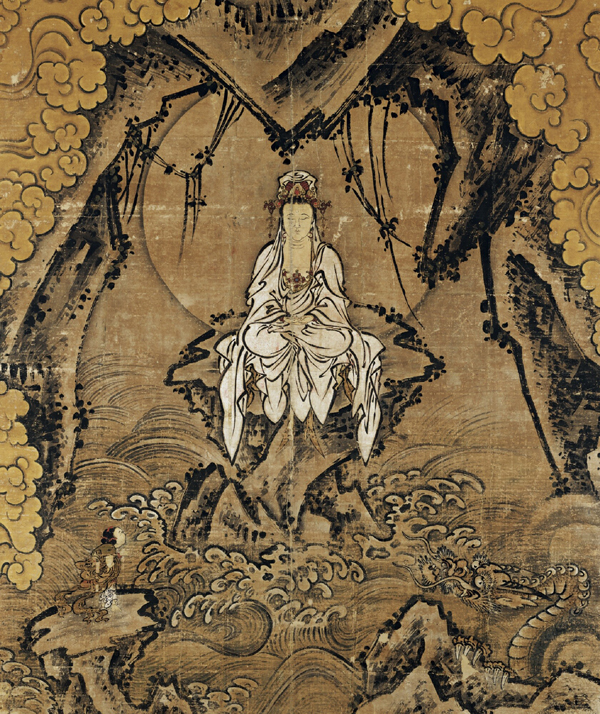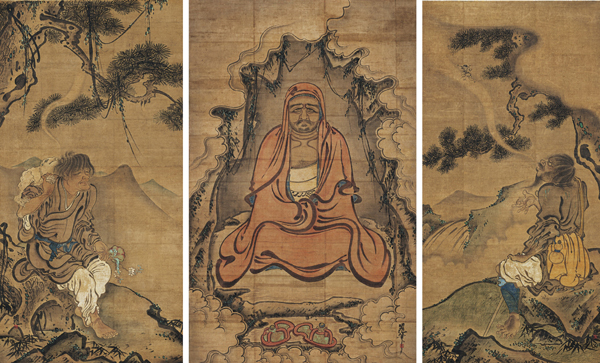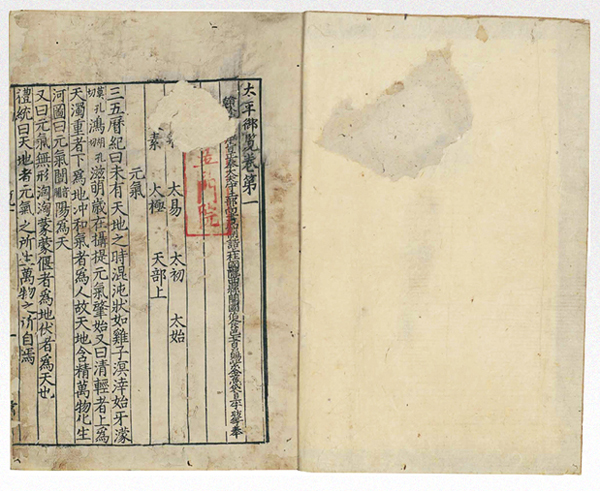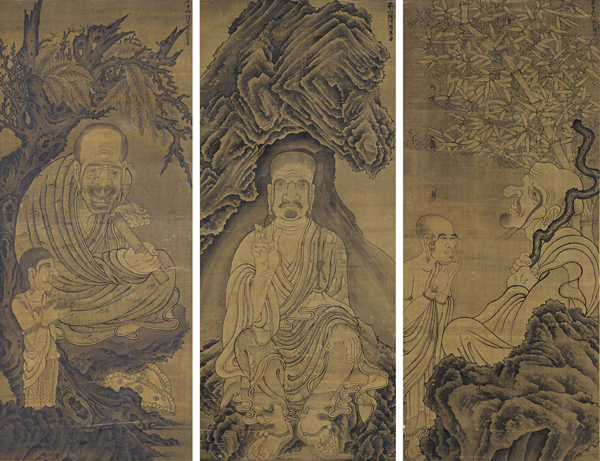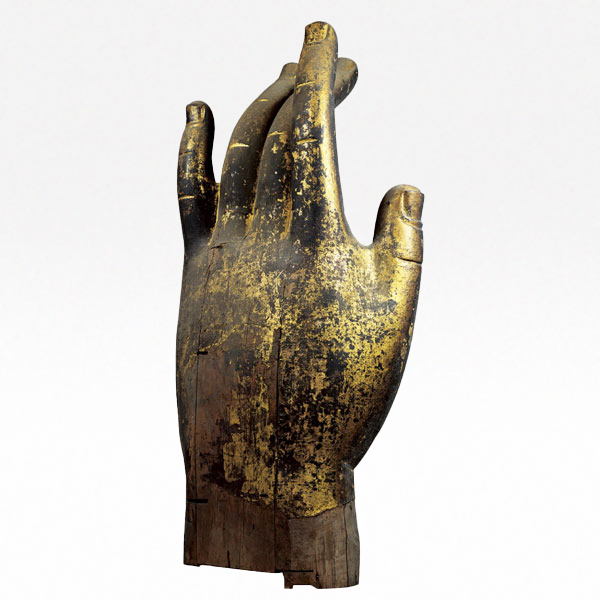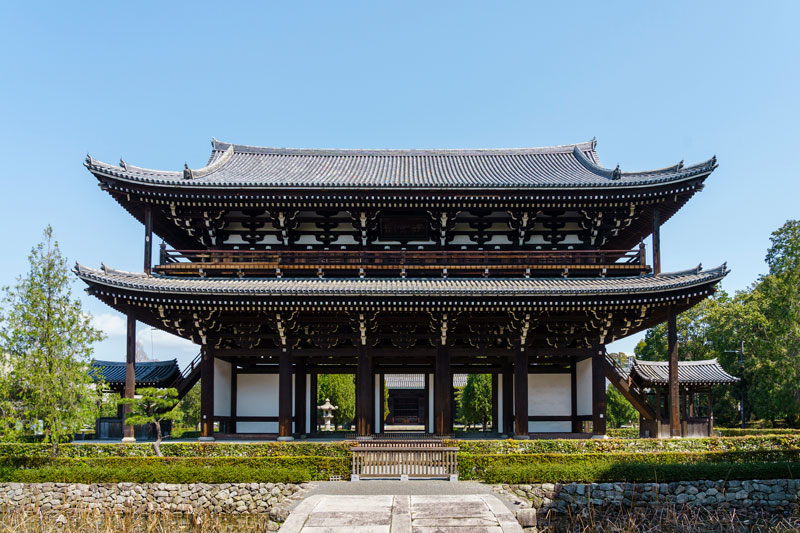
Tōfuku-ji Temple
Head Temple of the Rinzai School Tōfuku-ji Sect
Tōfuku-ji is a huge temple complex in the southern part of Kyoto’s Higashiyama district. It was established on the orders of the powerful imperial official Kujō Michiie. He entrusted the founding to Enni (Shōichi Kokushi), a priest who had studied Zen Buddhism in China. The name “Tōfuku-ji” was taken from the first character of Tō-ji and the second character of Kōfuku-ji, two temples in Nara. Also known as “Garanzura,” the complex creates a striking impression with its vast array of impressive buildings, with the temple also attracting many visitors from Japan and overseas with its spectacular seasonal scenes of fresh spring verdure and autumn leaves.
During Japan’s Nanbokuchō period (1333–1392), Tōfuku-ji played a major role in propagating Zen Buddhism throughout Japan as the fifth Kyoto Gozan (Five Great Zen Temples of Kyoto). Many cultural properties related to Zen Buddhism have been passed down carefully through Tōfuku-ji and its sub-temples, including seven National Treasures and 98 Important Cultural Properties.
Highlights of the Exhibition
Chapter 1: Enni and the Founding of Tōfuku-ji Temple
In 1235, Enni (1202–1280) travelled to China to study under Wuzhun Shifan (J. Bujun Shiban; 1177–1249), a prominent figure in the world of Southern Song Chan (J. Zen) Buddhism. After returning to Japan, Enni established Jōten-ji Temple in Hakata, Fukuoka. He later found favor with Kujō Michiie and was entrusted with the task of founding the huge Tōfuku-ji Temple complex in Kyoto. Through numerous disasters, the temple has managed to safely pass down many treasures associated with Wuzhun and Enni, including ancient documents, calligraphy, books and portraits. Unparalleled in terms of both quantity and quality, this collection helps to illuminate the history of Sino/Japanese relations and the development of Zen Buddhism in East Asia during the 13th century, with Tōfuku-ji now one of the largest and most important medieval Zen temples in Japan.
Wuzhun Shifan
Inscription by Wuzhun Shifan, Southern Song dynasty, China, dated 1238
Tōfuku-ji Temple, Kyoto (National Treasure)
On exhibit from March 7 through April 2, 2023
Death Verse (J. Yuige)
Original by Wuzhun Shifan, Southern Song dynasty, China, 13th century
Tōfuku-ji Temple, Kyoto (Important Cultural Property)
On exhibit from April 4 through May 7, 2023
Chapter 2: The Formation and Development of the Shōichi School
Enni’s successors became known as the Shōichi School. Enni was a master of Esoteric Buddhism as well as Zen, with the earliest members of the Shōichi School also well-versed in Esoteric teachings. These priests often travelled to China before returning with treasures, knowledge and a greater understanding of the continent’s Zen traditions. Many works associated with these priests still exist at Tōfuku-ji and its environs. All masterpieces of Zen art, these include calligraphy, surplices and personal belongings, and portraits and sculptures. With its cosmopolitan flavor and deep love of learning, the Shōichi School produced many eminent priests and it played an influential role in Zen Buddhist circles.
Chikotsu Daie
Inscription by Chikotsu Daie, Kamakura period, dated 1301
Ganjō-ji Temple, Kyoto (Important Cultural Property)
On exhibit from March 7 through April 2, 2023
"Tiger"
Written in Large Characters, By Kokan Shiren, Kamakura–Nanbokuchō period, 14th century
Reigen-in Temple, Kyoto
On exhibit from March 7 through May 7, 2023
Chapter 3: The Legendary Buddhist Painter Minchō
Kissan Minchō (1352–1431) was a Buddhist painter based at Tōfuku-ji. He was held in the same regard as the great Sesshū up until the Edo period. Also known as Chō Densu, he decorated the temple’s halls and was responsible for keeping the temple clean and illuminated. While studying traditional Chinese Buddhist paintings, he developed his own simple style that fused deft ink painting with vivid coloring. He also created many works whose monumental size fitted in well with Tōfuku-ji’s vastness. This chapter introduces masterpieces by Minchō that were passed down through Tōfuku-ji and its sub-temples.
The Five Hundred Arhats
By Kissan Minchō, Nanbokuchō period, dated 1386
Tōfuku-ji Temple, Kyoto
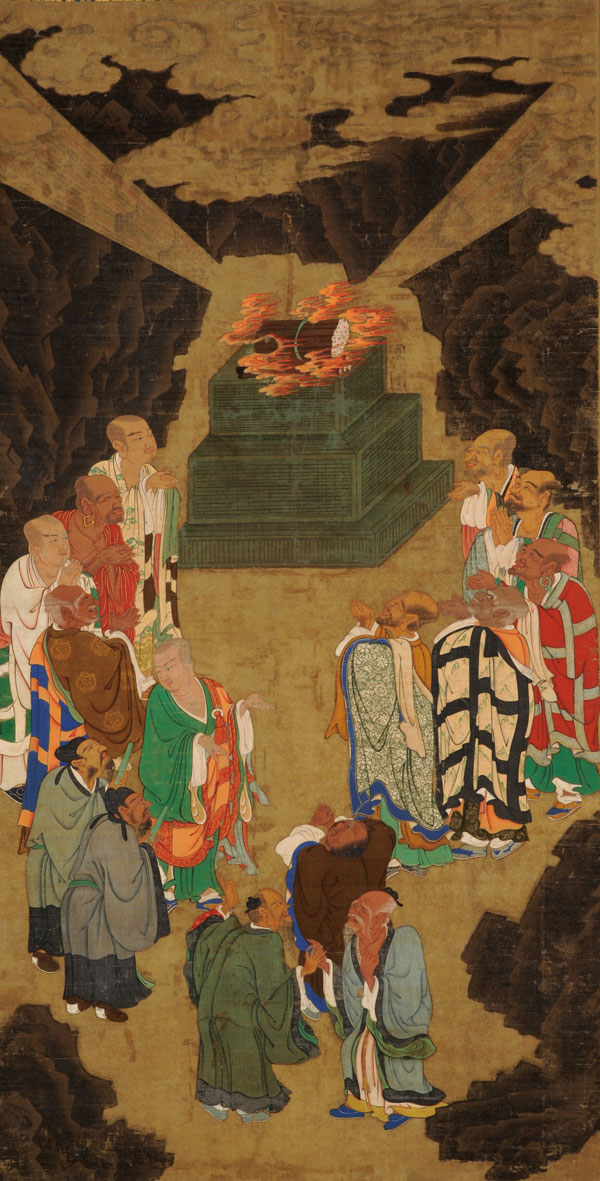
On exhibit from March 7 through March 27, 2023
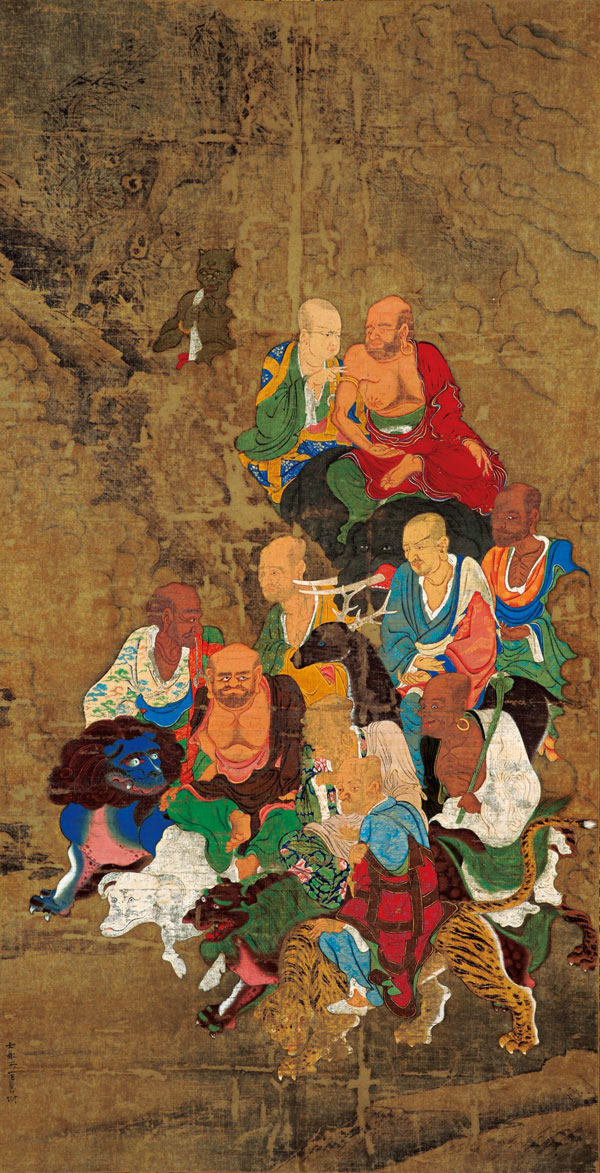
On exhibit from March 28 through April 16, 2023
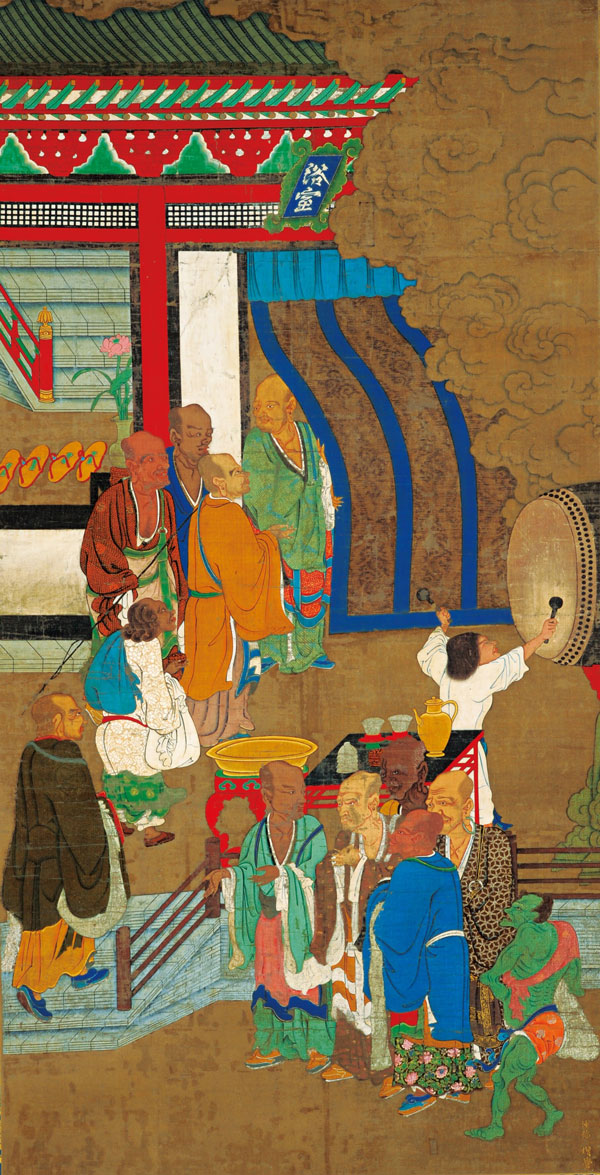
On exhibit from April 18 through May 7, 2023
White-Robed Avalokiteshvara
By Kissan Minchō, Muromachi period, 15th century
Tōfuku-ji Temple, Kyoto
On exhibit from April 11 through May 7, 2023
Bodhidharma; Liu Haichen and Li Tieguai
By Kissan Minchō, Muromachi period, 15th century
Tōfuku-ji Temple, Kyoto (Important Cultural Property)
On exhibit from March 7 through April 9, 2023
Chapter 4: Zen Culture and International Exchanges
After studying Zen in China, Enni returned to Japan with many Buddhist treasures. Enni’s exchanges with China’s Buddhist circles continued after his return home, with Enni’s international network inherited by his disciples, the Shōichi School. These priests were actively involved in trade and diplomacy, with Tōfuku-ji accumulating various articles that would play a pivotal role in the development of Zen culture in Japan. In this way, Tōfuku-ji played a key role in Japanese cultural history through its development as a hub for international exchanges.
Imperial Readings of the Taiping Era (Ch. Taiping yulan)
Southern Song dynasty, China, 12th–13th century
Tōfuku-ji TempleTemple, Kyoto (National Treasure)
On exhibit from March 7 through May 7, 2023
The Sixteen Arhats
Ming dynasty, China, 15th–16th century
Yōmei-in Temple, Kyoto
On exhibit from March 7 through April 9, 2023
Chapter 5: Tōfuku-ji’s Monumental Buildings and Buddhist Sculptures
The sheer scale of Tōfuku-ji is symbolized by the massive temple buildings soaring up from Kyoto’s Higashiyama district and by the temple’s monumental Buddhist sculptures. When Tōfuku-ji was first built, the principle image of a seated Sakyamuni and other huge sculptures were installed in the temple’s central Shichidō (“seven-hall”) Garan compound. Tōfuku-ji subsequently survived many disasters, with numerous examples of Zen architecture, sculpture, paintings and calligraphy passed down safely through its reconstructed buildings or sub-temples. As such, the temple complex still presents a magnificent sight to this day.
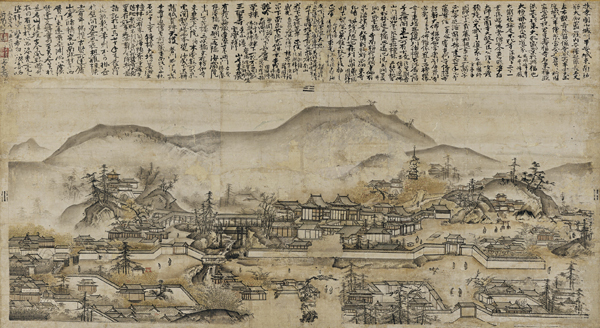
Tōfuku-ji Temple
Inscription by Ryōan Keigo, Muromachi period, dated 1505
Tōfuku-ji Temple, Kyoto (Important Cultural Property)
On exhibit from April 11 through May 7, 2023
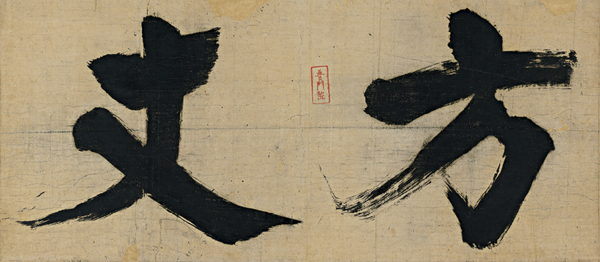
Calligraphic Frames and Plates for Zen Temples
By Wuzhun Shifan and Zhang Jizhi, Southern Song dynasty, China. 13th century
Tōfuku-ji Temple, Kyoto (National Treasure)
On exhibit from March 7 through April 9, 2023
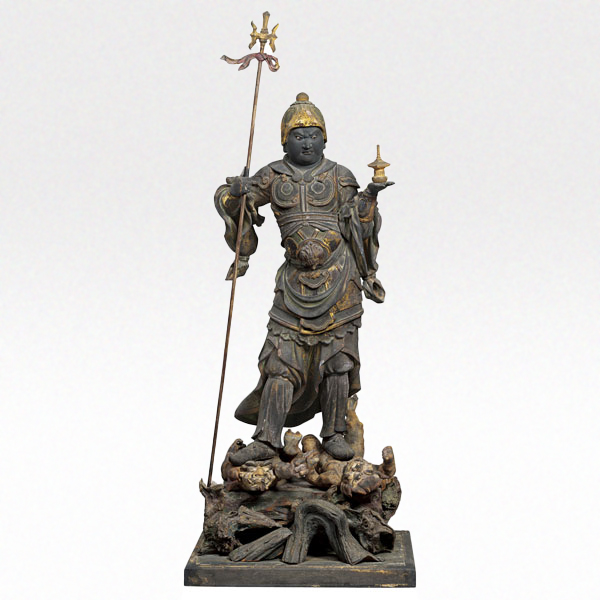
Standing Four Heavenly Kings "Tamonten"
Kamakura period, 13th century
Tōfuku-ji Temple, Kyoto
On exhibit from March 7 through May 7, 2023
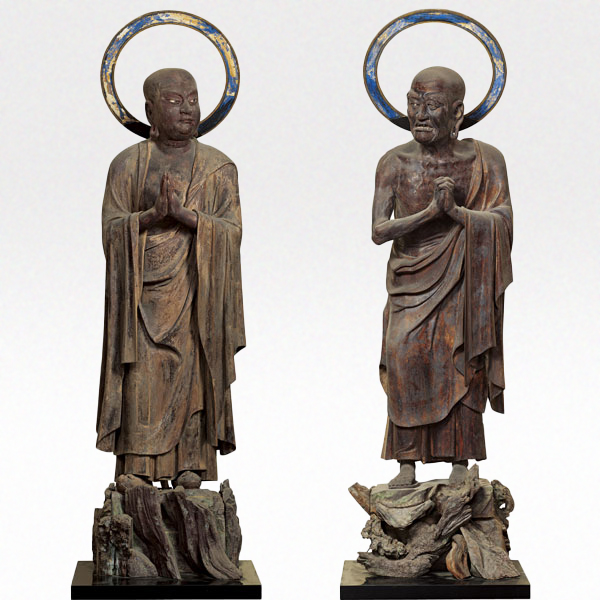
Standing Kasyapa (J. Kashō) and Ananda (J. Anan)
Kamakura period, 13th century
Tōfuku-ji Temple, Kyoto (Important Cultural Property)
On exhibit from March 7 through May 7, 2023
Buddha’s Hand
From the former principal image of Tōfuku-ji Temple, Kamakura–Nanbokuchō period, 14th century
Tōfuku-ji Temple, Kyoto
On exhibit from March 7 through May 7, 2023

